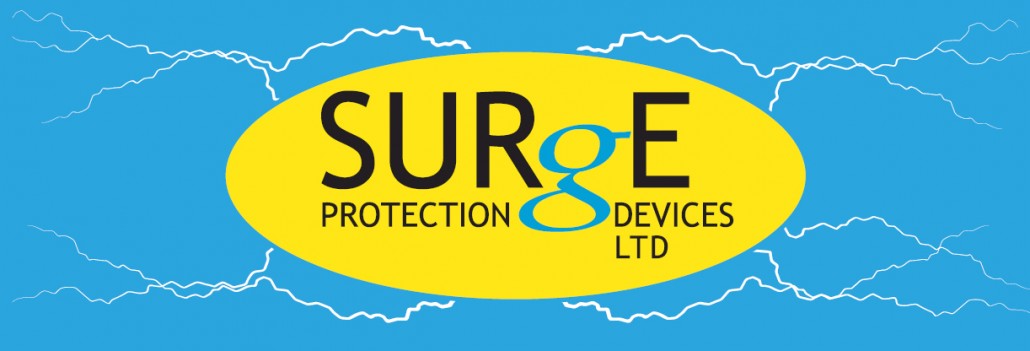Interesting Facts About Lightning…
If you have been keeping an eye on our Facebook page recently, you will have seen we did a interesting fact a day for 10 days. All the 10 facts can be found here within this post.
Fact One… The Speed of Lightning
While the flashes we see as a result of a lightning strike travel at the speed of light (670,000,000 mph) an actual lightning strike travels comparatively gentile 270,000 mph. This means it would take about 55 minutes to travel to the moon, or around 1.5 seconds to get from London to Bristol.
Fact Two… When lightning strikes a beach
When lightning strikes sand or sandy soil, it fuses together the grains to create a small glass-like tube known as fulgurite. They are not only prized by collectors, they are also of great scientific value in demonstrating past occurrence of lightning storms.
Fact Three… The most lightning-struck location in the world
Lake Maracaibo in Venezuela is the place on Earth that receives the most lightning strikes. Massive thunderstorms occur on 140-160 nights per year with an average of 28 lightning strikes per minute lasting up to 10 hours at a time. That’s as many as 40,000 lightning strikes in one night!
Fact Four… Helicopters cause lightning
Recent research from the Met Office revealed that helicopters can cause an isolated lightning strike. While flying, the helicopter acquires a negative charge, so if it flies close to an area that is positively charged (e.g. hail or the base of a cumulonimbus cloud) it can trigger a lightning strike.
Fact Five… 1,400,000,000 strikes every year
Lightning is one of nature’s most recurrent and common spectacles. Around the world, there are over 3,000,000 flashes every day. That’s around 44 strikes every second.
Fact 6… Lightning destroys trees
Trees can often be destroyed by lightning strikes. When lightning hits a tree, it usually travels just below the tree’s bark where there is a layer of sap and water. This layer becomes instantly heated and expands causing the bark to be blasted off the tree and sometimes splitting the wood.
Fact 7… It can help plants grow
While nitrogen is in the air all around us, for plants to be able to absorb it (a process vital for their growth) they rely on a process called Nitrogen fixation. Although much of this process is done by bacteria and algae, the extreme heat of a lightning strike causes nitrogen to bond with oxygen to create nitrogen oxides which combine with moisture in the air to fall as rain and water plants with nitrate-rich water.
Fact 8… The width of a thumb and hotter than the sun
While the intensity of a lightning strike can make them appear as thick bolts across the sky, the actual width of a lightning bolt is only about 2-3 cm. The average length of a lightning bolt is about 2-3 miles. The charge carried down this small channel is so intense that the temperature of the lightning reaches 30,000 °C – that’s five times hotter than the surface of the Sun.
Fact 9… Volcanic lightning
While lightning storms are impressive in their own right, they don’t quite compare to the spectacle when volcanic eruptions trigger lightning strikes. When an eruption occurs, earth and ash are thrown into the air in a giant plume, colliding to create an electrical charge. In the same way as normal lightning, the imbalance between the plume’s electrical charge and the charge in the atmosphere leads to lightning strikes.
Fact 10… Counting lightning
To tell how far away a thunderstorm is, simply count the number of seconds between the flash of lightning and the boom of thunder that follows. Divide this number by five and this tells you how many miles away you are from the storm (or divide by three for the distance in kilometres).
And finally…
Did you know, until the late 18th century it was believed that ringing church bells repelled lightning so many church bells bore the inscription fulgura frango, meaning ‘I chase lightning’.
During a thunderstorm, bell ringers would run to the bell tower to ring the bells. However, a high tower with a metal bell was in fact about the worst place to be.
Between 1753 and 1786 in France, 103 bell-ringers were struck by lightning and killed, resulting in the custom being banned.
We hope you enjoyed the fun facts about Lightning. Watch out for more information coming soon to our Facebook page and on our website.
These facts are available from The Met Office.








